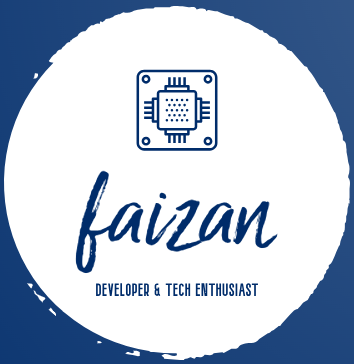MCP: The Simple Protocol to Make AI Actually Useful
 Md Faizan Alam
Md Faizan Alam
Let's be honest. AI assistants are smart, but they're mostly stuck inside a chat window. They can write an email, but they can't send it. They can plan a trip, but they can't book it.
To do real things, they need to connect to other apps and services—what developers call "tools." And right now, that connection is a mess.
Every time a developer wants their AI agent to use a new tool, like a weather API or a flight booking system, they have to build a custom bridge. It’s like needing a different, clunky adapter for every single device you own.
This is the problem that the Model Context Protocol, or MCP, is trying to solve.
So, What is MCP?
Think of it this way: Remember the days before USB? (If you are not that old, imagine it for understanding’s sake.) You had a different cable for your keyboard, your mouse, your printer... it was a tangled nightmare. Then USB came along and created one standard plug that just worked for everything.
MCP aims to be the USB for AI.
It’s a proposed set of rules( by Anthropic, the company behind Claude)—a standard language—that lets any AI agent talk to any tool without needing a custom-built connector. It’s a simple, universal agreement on how to ask for things and get a response.
How It Works (The Simple Version)
Instead of a developer writing tons of "glue code," an MCP server handles the conversation. The process is straightforward:
The Handshake: An AI agent connects to an MCP server and asks, "Hey, what can you do?"
The Menu: The server sends back a simple list of its available tools and what information each one needs. For example:
get_current_weather(location: string)book_flight(destination: string, date: string)add_to_calendar(event_name: string, time: string)
The Request: The AI agent, now knowing the menu, can make a clear request. "I need to use the
get_current_weathertool. The location is 'Kolkata'.The Result: The MCP server takes that request, runs the actual code to get the weather, and sends the answer back to the AI agent in a standard format.
The AI agent doesn't need to know the messy details of how the weather API works. It just needs to know the standard way to ask. The MCP server handles the rest.
Why Should You Care?
This might sound like a technical detail, but its impact is huge.
If you're a developer:
Less grunt work. You can stop writing endless custom API wrappers. Just make your tool available via an MCP server, and any compliant AI can use it.
Wider reach. Build a tool once, and it’s instantly compatible with an entire ecosystem of agents. You can focus on creating a great tool, not on the plumbing.
If you're not a developer:
More capable AI. This is how we get AI assistants that can do things. Your AI could seamlessly check your flight status, order your lunch, and update your project management board, all without you lifting a finger.
Things will just work. No more worrying about whether your AI assistant has the right "plugin" or "integration." If both the agent and the tool speak MCP, they can work together.
Is This the Future?
MCP is still a new idea. It needs big players—the companies building the AI models and the companies building the tools—to adopt it.
But the logic is solid. Standardization is what unlocks real progress. The internet runs on standard protocols like TCP/IP. Our devices connect using standards like USB and Wi-Fi.
MCP is a bet that the same thing needs to happen for AI agents. By creating a simple, open standard for communication, it could clear the path for a new wave of AI applications that are far more useful and connected to the real world. It's an idea worth watching.
Thank you for reading! If you have any feedback or notice any mistakes, please feel free to leave a comment below. I’m always looking to improve my writing and value any suggestions you may have. If you’re interested in working together or have any further questions, please don’t hesitate to reach out to me at fa1319673@gmail.com.
Subscribe to my newsletter
Read articles from Md Faizan Alam directly inside your inbox. Subscribe to the newsletter, and don't miss out.
Written by

Md Faizan Alam
Md Faizan Alam
I am a Fullstack Developer from India and a Tech Geek. I try to learn excting new technologies and document my journey in this Blog of mine. I try to spread awareness about new and great technologies I come across or learn.